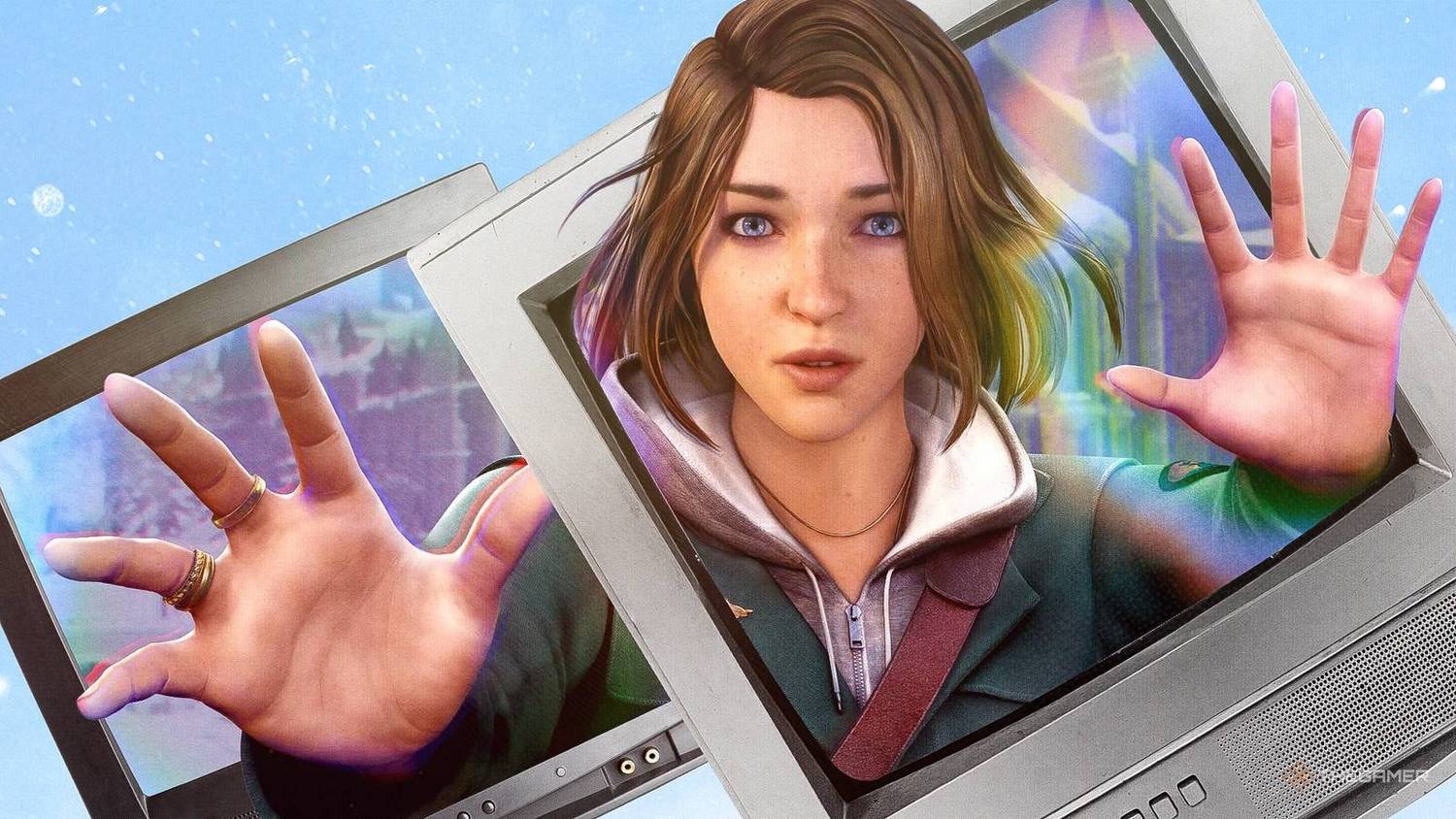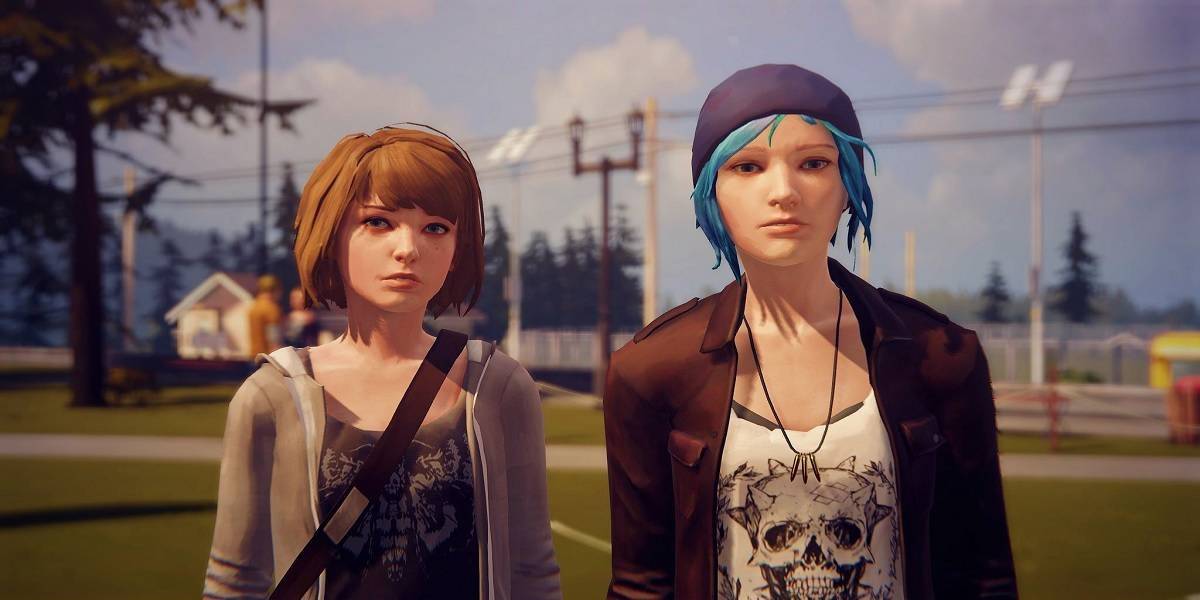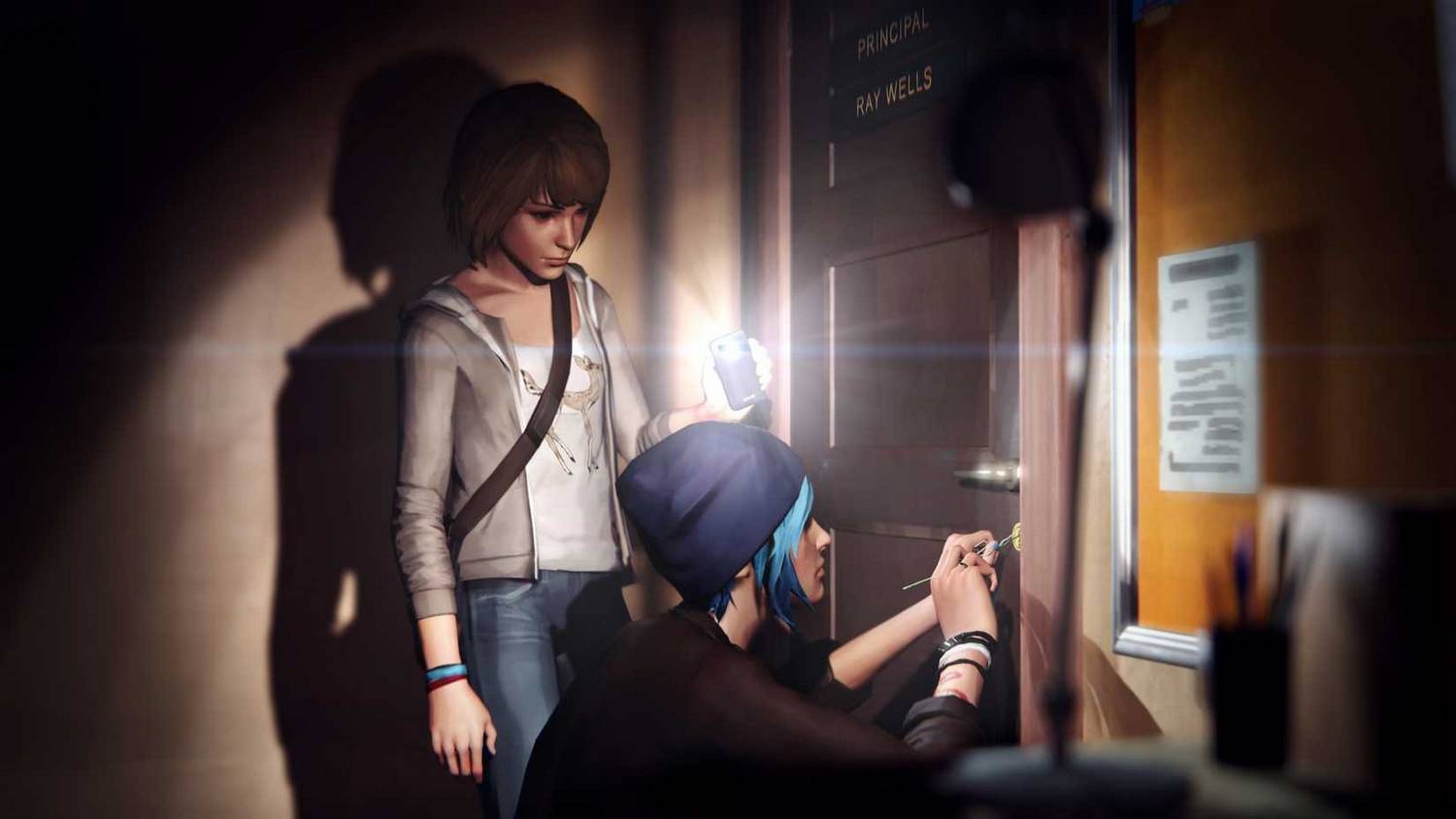A Ticking Time Bomb of Fan Disappointment: The Inevitable Backlash to the Life Is Strange TV Adaptation
Popular Now
 Sonic the Hedgehog™ Classic
Sonic the Hedgehog™ Classic
 Call of Duty
Call of Duty
 BeamNG.drive
BeamNG.drive
 League of Legends
League of Legends
 Gacha Club
Gacha Club
 Fortnite
Fortnite
 R.E.P.O
R.E.P.O
 Geometry Dash
Geometry Dash
 Stumble Guys
Stumble Guys
 Candy Crush Saga
Candy Crush Saga 
The recent announcement of a live-action Life Is Strange series from Amazon, with writer Charlie Covell at the helm, has been met with a mix of cautious optimism and, more prominently, a deep-seated dread from the core fanbase. While the prospect of a high-budget, live-action interpretation of Max and Chloe’s story is exciting on paper, the history of video game adaptations—and the very nature of Life Is Strange as a medium—suggests a storm of fan anger is brewing. The series, an anthology of emotional, choice-driven narratives, is fundamentally incompatible with the linear, non-interactive format of a television show. This is a formula for fan resentment, and it’s a problem that goes beyond just casting or plot specifics.
The initial press release confirmed that the series will focus on the original game’s protagonists, Max Caulfield and Chloe Price, and their journey through Arcadia Bay. It promises to follow Max as she discovers her time-rewind powers and investigates the disappearance of Rachel Amber. This decision, while seemingly a no-brainer for a series adaptation, is the very core of the problem. It forces a single narrative path, and with a game as beloved for its player choice as Life Is Strange, that is a direct assault on the fan experience.
 The Central Conflict: Player Agency vs. Linear Narrative
The Central Conflict: Player Agency vs. Linear Narrative
The very essence of the Life Is Strange experience is player agency. Every major and minor decision, from saving a bird to a final, apocalyptic choice, is a reflection of the player’s personal morality and connection to the characters. The emotional weight of the game comes from the fact that you are making those choices. The endings, in particular, are famously bifurcated: either you sacrifice Chloe to save Arcadia Bay or you sacrifice Arcadia Bay to save Chloe. Both endings are valid, emotionally devastating, and deeply personal to each player. A television adaptation cannot honor this. It must choose one. And in that choice, it will invalidate the experience of millions of players.
Consider the recent fan controversy surrounding Life Is Strange: Double Exposure. The game’s narrative choice to have Max and Chloe separated, regardless of the player’s final choice in the original game, led to a massive backlash. Fans felt their carefully chosen ending from the first game was rendered meaningless. This demonstrates the fragility of the fan-developer relationship when it comes to canonical choices. A TV show, by its very nature, is a series of non-negotiable canonical choices. It’s a recipe for a fractured fandom where “Team Bay” and “Team Chloe” fans are pitted against each other, with one side feeling completely disrespected by the show’s creative direction.
 Beyond the Ending: A Breakdown of Core Elements
Beyond the Ending: A Breakdown of Core Elements
The issues with the adaptation extend far beyond the final choice. The game’s success is built on a series of interactive elements that simply cannot be translated to a passive viewing experience.
- The Rewind Mechanic: The core gameplay loop of Life Is Strange is the ability to rewind time to see the consequences of a decision before committing to it. This allows players to experiment with dialogue, save characters from danger, and uncover secrets. In a TV show, this is reduced to a visual trick, a gimmick that loses its central purpose. It becomes a plot device instead of a tool for player immersion and strategic thinking.
- Internal Monologue and Player-Character Connection: A huge part of the game’s charm is Max’s internal monologue, which provides witty, often self-deprecating commentary on her surroundings and the people she interacts with. This gives players a direct window into her personality. In a show, this connection is lost. Viewers are spectators, not participants. They cannot feel the same personal bond with Max that players do when they are the ones making her choices and hearing her thoughts.
- Casting and Characterization: While casting is always a point of contention in adaptations, it is particularly sensitive for Life Is Strange. The characters of Max, Chloe, and their friends and foes are deeply ingrained in the minds of players. Any casting choice, regardless of how perfect the actor is, will be met with immediate and intense scrutiny. Fans have spent years creating their own mental images of these characters, and a live-action portrayal, no matter how well-done, will inevitably fail to meet every individual’s expectations.
A News and Business Perspective: The Inevitable Gamble
From a business and news standpoint, this adaptation is a calculated risk. The Life Is Strange IP has significant brand recognition and a dedicated following. Amazon and Square Enix are clearly hoping to capitalize on the recent trend of successful video game adaptations, such as The Last of Us, which benefited from a more linear, cinematic narrative structure. However, they are fundamentally misunderstanding what made Life Is Strange so special in the first place. The emotional resonance of the game is tied to its interactivity. The show’s producers stating that the game “deserved to be more than just a game” is a particularly tone-deaf and insulting comment to the fanbase, suggesting that the game’s interactive nature was a limitation, not its core strength.
The ultimate outcome of this adaptation is highly predictable. It will likely be a well-produced, visually appealing series that will attract new audiences, but it will almost certainly fail to satisfy the core fanbase. The backlash will be immediate and severe, focusing on the inevitable canonical choices, the loss of player agency, and the changes made to beloved characters. While some fans will be able to treat the show as a separate, alternate universe story, a significant number will feel betrayed. This isn’t just a simple case of “The book was better.” This is an adaptation that, by its very nature, is destined to anger its most dedicated and passionate audience by removing the one thing that made the source material a masterpiece: the player’s choice.








 The Central Conflict: Player Agency vs. Linear Narrative
The Central Conflict: Player Agency vs. Linear Narrative Beyond the Ending: A Breakdown of Core Elements
Beyond the Ending: A Breakdown of Core Elements